What is eCommerce visual merchandising?
Visual merchandising is very similar to its brick and mortar version which stores have been employing for hundreds of years. When a high-intent shopper walks into your store, you want to create an experience which encourages the customer to want to browse and explore your goods. Additionally, you want to create some sort of hierarchy, giving special attention to:
- Flagship products
- Items on special offer
- Merchandise from a previous season which you want to offload
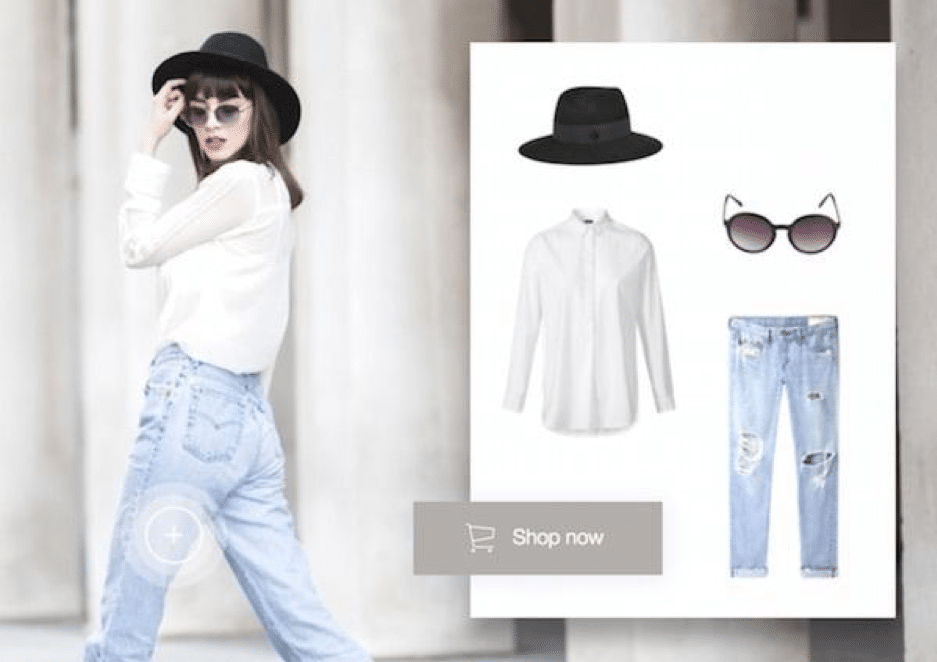 Source: Econsultancy
Source: Econsultancy
With
the birth of eCommerce, this brick and mortar phenomenon took on a life of its
own online and has evolved way beyond what we could have imagined. Visual
merchandising has become an integral part of any online retail operation and
can take on many forms:
- Social media – Using regular ads, native advertisements, and very often
influencers or micro-influencers (more on this later on), sellers are
leveraging social media as a primary source of what is dubbed ‘social
commerce’.
- Retail site/store – Displaying items for sale on your retail website in
visual form has become integral to the shopping experience, be it a photograph
or video. Customers want and need to see a product they cannot feel nor smell.
Brick and mortar stores are a whole other animal, but the integration of
online-offline retail is becoming increasingly popular. As such, retailers need
to be aware of the interface between these worlds.
- Marketplaces – In this instance, your product images are what set you
apart from other listings. Marketplaces are hyper-competitive, and aside from
your title and brief item description, an image can determine if your listing
has a high or low CTR (click-through rate).
The importance of visual merchandising is apparent in terms of:
- Brand awareness – When you display your merchandise on social platforms, especially with the help of popular people with a following who let their audience know your product is fashionable, it can lead to deep-rooted brand awareness among your target audience. Brand awareness does not always lead to immediate conversions but is important when trying to develop a long-term strategy for the success of your eCommerce business.
- User Experience (UX) – Visual merchandising helps increase the user experience of anyone who is browsing your merchandise, no matter the marketplace, whether you choose to use a single-channel vs. a multi-channel approach. The aesthetic, models (in some cases), colors, and even the way a shopper can browse items becomes an integral part of online retail. When the experience is enjoyable, customers shop and return for more in the future.
- Sales-oriented marketing – Even when you are conversion-focused, either with ads or directly on marketplace listings, the importance of allowing shoppers to envision themselves using your product is paramount. Consider that human beings are visual creatures and that the information given orally is retained at a rate of 10% three days later, whereas 65% of people retain that same information when it is paired with a visual (Source: hubspot).
How will visual search impact eCommerce?
Let’s
consider the following statistics:
By
the year 2020, image and voice-based search could make up a whopping 50% of all
search engine-based queries (Source: 10 eCommerce trends).
Brands who choose to embrace and incorporate visual and/or voice-based technologies on their websites will see increased revenue in the 30% range by 2021 (Source: Gartner).
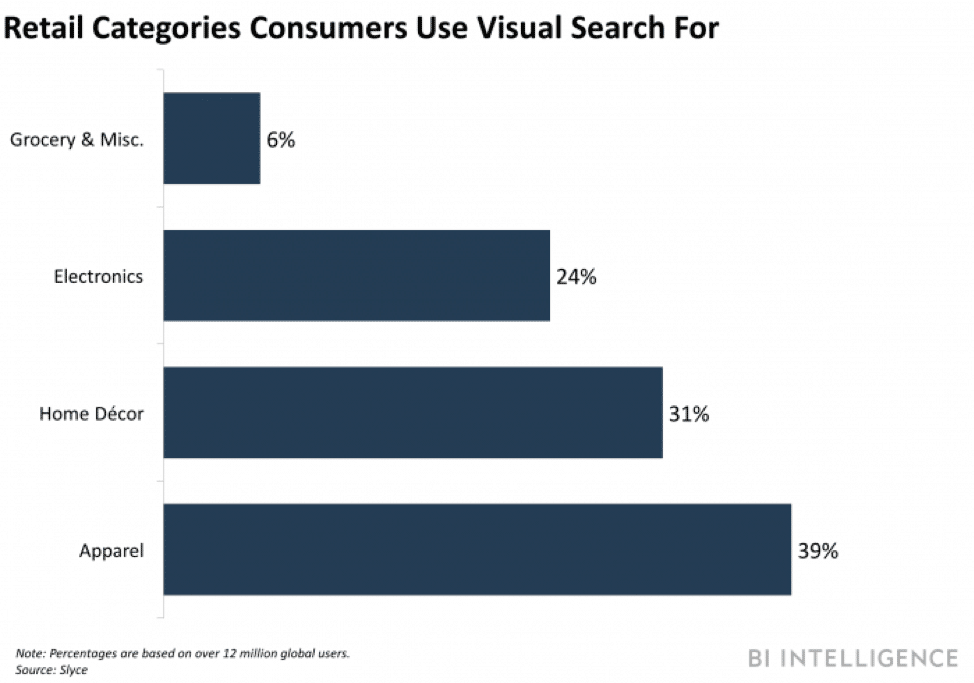 Source: AmastyBlog
Source: AmastyBlog
It is not a
question of ‘if’ but ‘how long’ it will take for visual search to dominate
online retail in general and eCommerce in particular. The trends are clear with
large corporations weaving visual search into the fabric of their algorithms.
Big names such as Pinterest (with 600 million monthly visual searches), ASOS,
and even Target have identified this trend and can be counted as early adopters
who are embracing demand by a generation dubbed ‘digital consumers’. These
companies now allow shoppers to take a quick picture of an item and either make
a purchase, search for similar items, or save it for further deliberation in
the comfort of their home.
The
main influence of visual search on retail in general and eCommerce in
particular will be:
- Targeting audiences – Visual search will allow brands, companies, and sellers from around the globe to leverage the insights from search-enabled social platforms, especially in the fashion and lifestyle categories. When you can target an audience based on very specific tastes and preferences, the probability of a conversion increases dramatically.
- Opening foreign markets – The beauty of visuals is that they are international: Visual search in retail removes the language barrier and can potentially unleash huge markets which beforehand were extremely hard to penetrate. Classic examples include Russia and China, the latter of which has developed a visual/social retail market that can be seen via Xiaohongshu, a platform which combines both in a very interesting way and with great success.
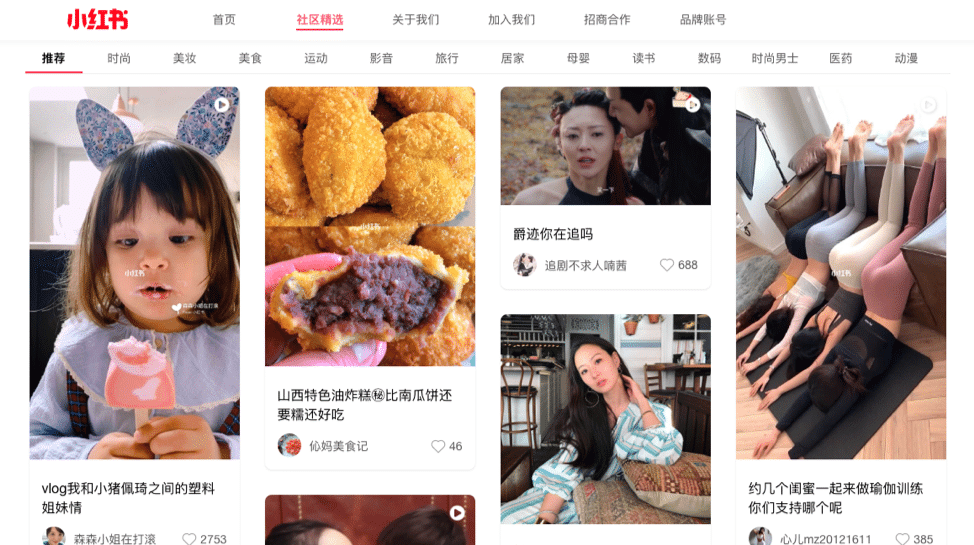 Image cred: QZ
Image cred: QZ
- Unlikely interfacing – Visual search is going to have some very interesting effects on how and where we shop. Think about the different places you see items, such as in a movie, for example. Have you ever watched a film and thought to yourself, I really wish I knew where they bought that vase from (I know I have) and then spent hours trying weird search combinations, such as ‘Star Wars Vase’ (just kidding). But for real, Amazon has an initiative called ‘Rekognition’ which uses AWS’s perception system to help movie-watchers buy accessories they see in popular movies (I have to admit that this one really blew my mind!).
Using Amazon-based technology, TheTake (above) allows people to automatically find movie scenes (much like Shazam) and then locate and instantly buy those products used on the movie set of whatever it is they are watching.
Influencers in the age of social media and social commerce have proven to be one of the most effective forms of visual merchandising and marketing. In a unique modern twist, influencers combine the classic ‘model’ we see in ads on billboards and on TV. The only difference is that many of these people are not ‘famous’ to the general public but in a certain niche where they have hundreds or thousands of followers. It could be anything from fashion to lifestyle, food to tech. Whatever their territory of expertise, their opinions matter to many people and they are community trendsetters. Consider the following statistics:
- According to research carried out by The Influencer Orchestration Network, 49% of shoppers admitted to relying on influencer recommendations for products.
- According to Social Media Week, 74% of social media users relied on these platforms when making a purchase decision.
- According to a survey carried out by Fullscreen, 42% of consumers admitted to trying or purchasing a product as a result of influencer advertising.
Instagram: The visual merchandising connection
Instagram, being a visual platform by nature, makes it one of the leading social platforms in terms of visual merchandising and advertising, especially when using influencers as a powerful tool. The way companies show off their products in this way is a deviation from the classic ‘ad’ and is more ‘native’. It is actually quite brilliant! Imagine having a store with popular people walking around day and night wearing your merchandise, and when people walk in, they are so blown away by that personality that they buy the item just to feel a connection with that person. That is exactly what is happening on Instagram — visual merchandising in action. Instead of displaying hundreds of items or services on a retail site, in a catalog, or on an eCommerce marketplace, the focus has shifted to one item which the influencer is usually given by a company to promote through a single post, shout-out, or even a series of posts. Matt King (pictured below) is a classic Instagram influencer example:
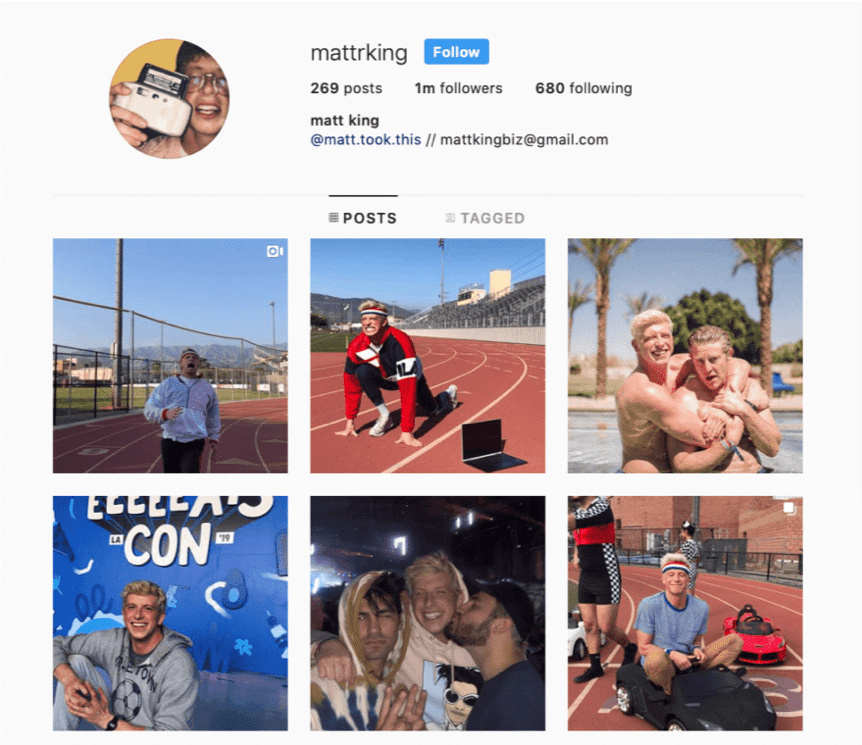 Source: Oberlo
Source: Oberlo
King, who has over 1 million followers, regularly works with brands, and together they create sponsored posts which are articulately marked as such (so as not to mislead his fanbase, he uses the ‘#Ad’ to demarcate promotional posts). Here is an example of a campaign he worked on with HP. This was a one off, well thought-out post in order to raise awareness of a new product (Chromebook) and also to drive sales through ‘@bestbuy’s’ internet-based retail marketplace.
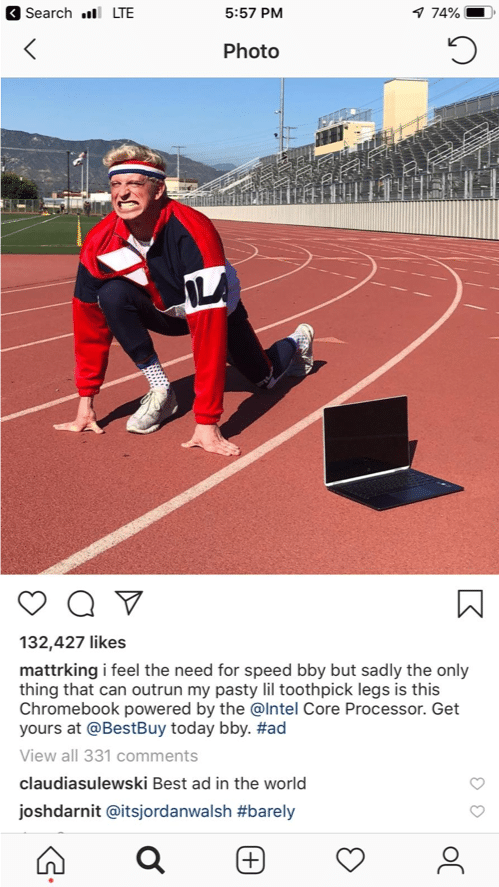
One
post typically creates hype which results in a quick peak in interest and then
a dramatic drop. Every brand should carefully identify which strategy may work
best for them. HP, in this instance, already has an established brand and
‘name’, and as such, they don’t need to create long-term brand awareness.
Instead, they wanted to give people a sort of ‘social product release update’
in order to launch this specific item. For smaller retailers either in
eCommerce, brick and mortar, and/or multi-channel retailers, a collaboration
with ‘micro-influencers’ may be more effective. This fact came to light in a
recent discussion in a thread on a Facebook group entitled ‘Growth
Impact’.People there wrote that micro-influencers can sometimes be a wiser
choice since:
- Micro-influencers are
dramatically cheaper to work with than your run of the mill, starstruck
influencer.
- Micro-influencers have a
smaller yet lasting impact over time and usually attract much higher quality
leads which translate into actual conversions (instead of inflated meaningless
numbers).
How to approach an Instagram influencer
There are many ways to go about working with Instagram influencers, though the bottomline is always the same: You and your brand want said influencer to put your product or service front and center in order to promote client acquisition from their audience of followers.
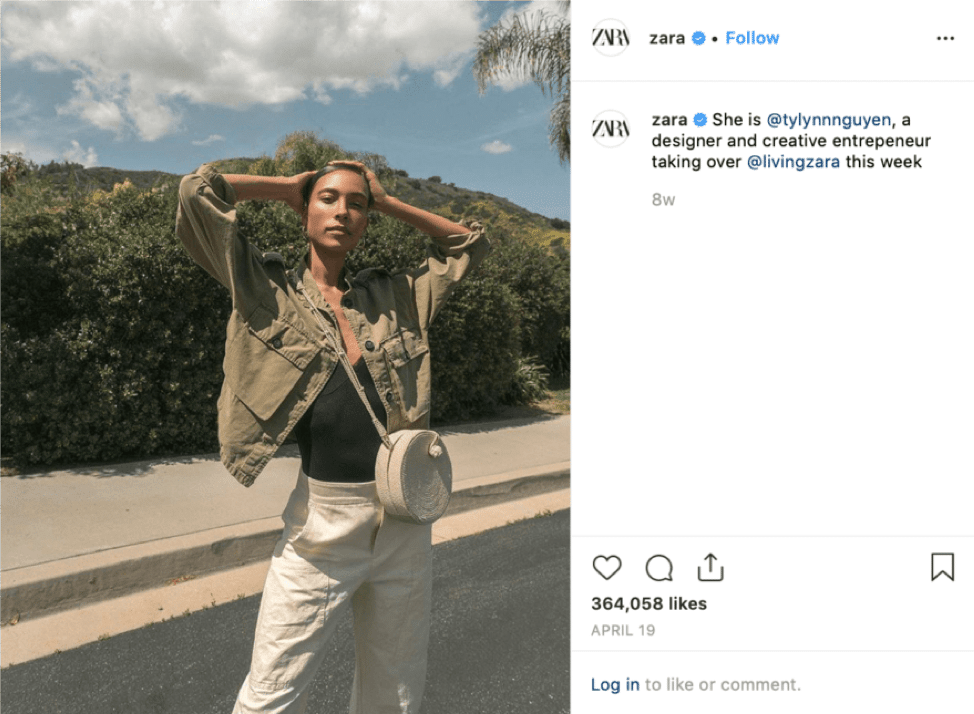
Here
are 5 methods you can consider employing when thinking of how to structure your
next Instagram influencer deal:
- Content Sponsorship – This is a very common method, which basically uses a social media post that has an ad with an influencer endorsement for a service or product. The influencer posts the ad on their social media channels (Instagram, Facebook, etc.) with an ‘invitation’ to buy whatever is being sold (i.e. a CTA or Call To Action). Matt King’s (above) agreement with HP/Google was exactly this: a content sponsorship. When an influencer shows that he or she is using or engaging with a product, this helps boost a product’s credibility with a given target audience.
- Discount & affiliate marketing – Using an affiliate link to track where leads are coming from, brands can create sponsored posts which make a unique offer to a specific influencer’s audience. Most people love saving money, especially when the deal is presented as ‘exclusive’ to a certain audience and backed by someone they like and trust. Additionally, those specific links allow companies and sellers to monitor and analyze the effectiveness and success rate of each source.
- Leveraging contests – Only approach an influencer who has the audience you want to reach. If you sell sports goods or women’s fashion or dog products, you will be choosing an influencer who has an Instagram dedicated to those meta topics (i.e. sports/fashion/dogs, respectively). In any case, imagine you sell fitness watches and the influencer you work with offers a free watch to the first 10 people who react to the sponsored content/ad/post. This drives a lot of curiosity and can create a marketing butterfly effect.
- Influencer content publishing – Typically, influencers publish a company or brand’s content on his or her channels, but in this strategy, the influencer comes to the brand’s social media channels for either one post or a full day or week takeover. The brilliance of this follows the preschool rhyme, “And everywhere that Mary went, her lamb was sure to follow,” meaning the influencers’ following will start checking out the content they publish on your channel, thereby getting you the traffic from the specific audience you are interested in attracting.
- Recruiting a brand ambassador – Ambassadorships are a more long-term arrangement. If you find an influencer, or more likely a micro-influencer (since they will be more affordable over the long-term), who really embodies your brand, you may want to consider a long-term contract. If you can afford this, I highly recommend it since most influencer marketing creates a peak of interest and then a sharp fall in interest (think bell graph). An ambassador will send you a steady trickle of high-intent, high-value customers.
This is how most brands and companies approach influencers for visual merchandising. So, take a minute to think about which approach would be most effective for your brand in terms of marketing strategy and what your budget would be for such a campaign. Based on these, choose one of the above to move forward with.
How much do Instagram influencers charge?
As I explained above, influencers publish sponsored content or ads, so logic would follow that they would charge per post, right?
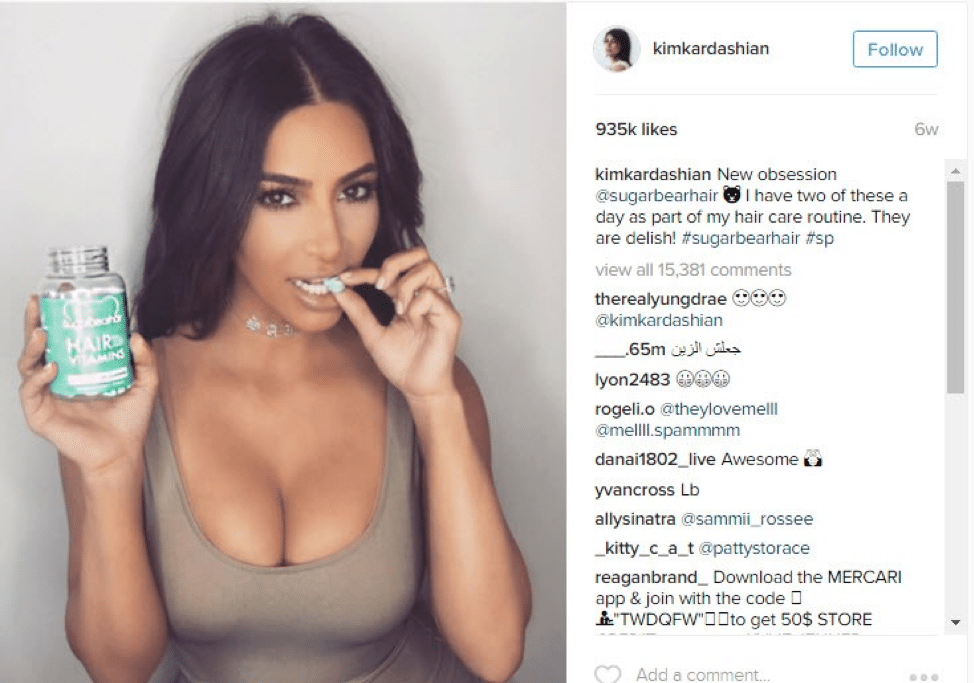 Source: hollywoodbranded
Source: hollywoodbranded
That
is absolutely correct. If you are Kim Kardashian, for example, you can charge $250,000
for a post like this one on IG. With 935K likes, which comes out to 27 cents
per like (I’ll save you the trouble of pulling out your calculator), the
Kardashians do not come cheap! But that is the pricing for a Hollywood mega
star.
According
to Ignite Visibility, the pricing for ‘average
influencers’ (i.e. people who are not in Kim Kardashian’s league) is
significantly lower and depends on the platform they are using as well as the
size of their following:
- Influencers on Instagram typically charge $1,000 per ad per 100,000 followers.
- Influencers on Snapchat usually take $500 per ad campaign over the course
of a 24 hour period.
- Influencers on video channels like YouTube take approximately $2,000
for every 100,000 followers they have.
We narrowed down the numbers so you would have some concrete
baseline to work from, but the truth is that influencer marketing pricing is
very dynamic and individual. It will very much depend on:
- How ‘popular’ an influencer is, i.e. how many
followers they have
- How much they sell (especially if you are
offering an influencer a monetary incentive per affiliate referral or click)
- How much engagement this influencer typically
manages to get
- How many posts you want and over the course of
what time period
- How much energy the influencer needs to invest
in this campaign. Do they need to start thinking of creative ways to present
your product, or do you take care of everything and all they need to do is
click ‘post’?
- Will the post remain ‘locally’, i.e. on the
influencer’s social media account, or are you going to take the post and use it
on your website, ads, product listings, etc.?
All these factors can and will influence the campaign price. The
more you use the post, the more effort an influencer needs to invest, the more
posts you want, the more a campaign will run you, and vice-versa.
If you are the type of person who does not like uncertainty,
consider using a platform which standardizes rates, such as:
Tapinfluence –
Which helps you set up influencer campaigns while allowing you to track progress with engagement analytics, Return on Investment (ROI) calculation, and the Total Media Value (TMV) of each campaign. You can use Tapinfluence with influencers on Vine, Pinterest, Instagram, YouTube, Facebook, and Twitter.
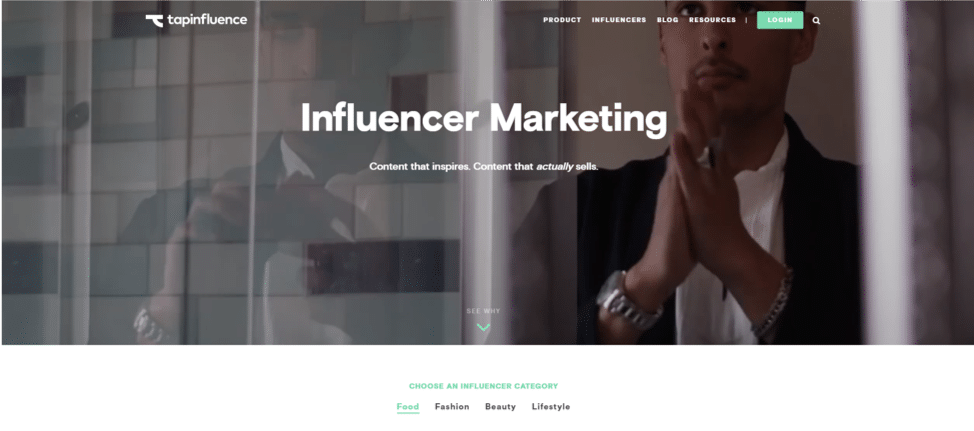
Please note: I
am not affiliated with this or any other brands mentioned in this post.
Recommendations I make are purely based on research.
But even if you
decide not to use a platform like Tapinfluence, pricing can be formulated based
on some basic financial factors:
- The potential audience reach for a given post
- How relevant an influencer’s following is in
terms of your desired target audience
- The ROI from previous campaigns
- Then start comparing projected ROI and reach
with other advertising channels
And now, turn around and interview the influencer. There is no
shame in asking questions, especially when you are paying for a service. Ask
them:
- About the performance of past campaigns with
exact metrics
- Specifics about their follower demographics
- About their daily engagement numbers
You are paying
for a person to promote your brand; it is your right to know what you are
getting for your money!
One last
thought: I mentioned micro-influencers above. Typically, they are defined as
influencers with anywhere south of 10,000 followers. The beauty of
micro-influencers for small brands or brands on a tight marketing budget is
that they come with a much cheaper price tag. Some will charge you half or even
30% of a ‘regular’ or big time influencer.
Summing it up
In this post, we spoke about the future of eCommerce in light of visual merchandising and marketing trends, as well as how to leverage Instagram influencers as part of that trend. The most important thing you can come away with is:
- The future of retail is visual. Start thinking about how you and your brand can become early adopters in this regard, starting with visual merchandising.
- You can easily leverage influencers on social media to promote your brand visually without breaking the bank. Consider the following chart from cpcstrategy:
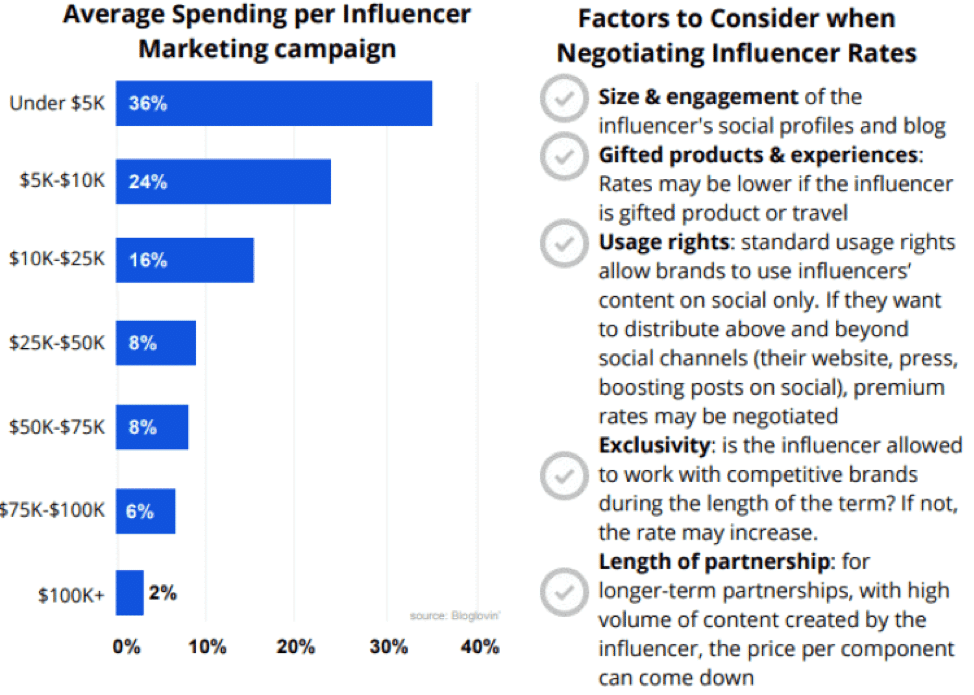
It essentially shows that 60% of campaigns set up by companies with influencers spent under $10,000 on said campaigns. So, give it a try and let us know how it goes!
A word about the author:
Nadav Roiter is a published writer and a Jerusalem Post
freelance journalist. Formerly part of the CrazyLister content team, he is now
the Marketing Manager for Subivi eCommerce CRM, which has
developed a customer support tool uniquely built to help eCommerce sellers
offer stellar customer support while simultaneously maximizing profits.